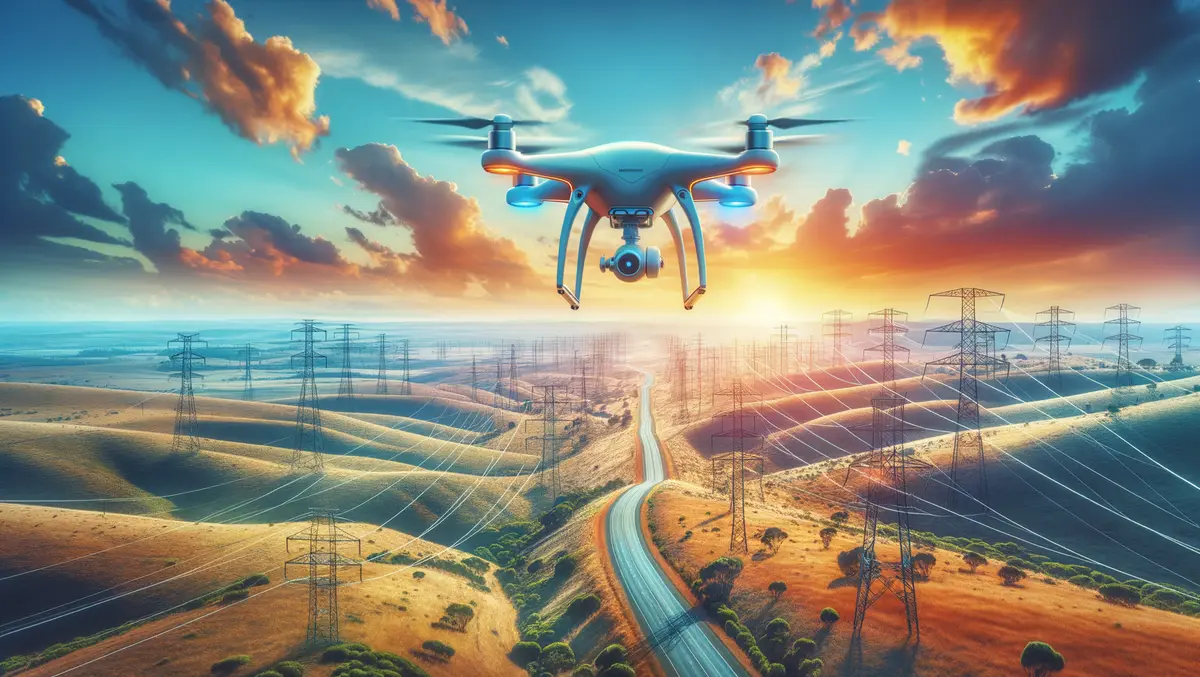
Historic drone flight secures South Australia's power supply reliability
A significant moment in history has been made in South Australia as a drone successfully flies Beyond Visual Line of Sight (BVLoS) to inspect 150km of powerlines for SA Power Networks (SAPN). In what is being described as the "holy grail for the drone industry", Australian drone company Carbonix and SAPN have partnered to secure the reliability of electricity supply for the state.
The collaboration was initiated to avoid devastating power supply interruptions, such as the disruption seen last month in Victoria that leftover half a million Victorians without power. By utilising BVLoS drone inspections, they aim to ensure such issues do not occur in South Australia.
The Civil Aviation Safety Authority (CASA) approved this groundbreaking mission, allowing Carbonix to inspect South Australia's vast electricity distribution network, which spans over 180,000 square kilometres. Currently, these inspections are conducted mostly by conventional, crewed aircraft and ground crews.
The adoption of Carbonix drone technology offers significant operational and environmental benefits. Estimates suggest up to an 80% reduction in operating costs and up to a 98% reduction in CO2 output. In addition to these reductions, the use of drones also improves safety and efficiency. They can be deployed easily, quicker than traditional aircraft, and speed up the asset inspection process. This technology also enhances the response time to outages, fault finding, bushfire preparedness, maintenance work, and documentation of line re-stringing.
The trial marks the first occasion an Australian fixed-wing vertical take-off and landing (VTOL) drone has carried out a wholly automated BVLoS flight, collecting commercially useful data for a customer. The drone, named the Carbonix Volanti, has, according to Carbonix CEO Philip van der Burg, marked "the dawn of commercialisation reality for the Australian drone industry."
Mr van der Burg went on to say, "This is such an exciting time for the drone industry and for the energy industry." He pointed out how the drone industry has addressed risks and barriers, both regulatory and technical, and demonstrated the capability of the technology. He continued, "Long range drone adoption means improved safety, faster response times and reduced carbon footprint for companies like SA Power Networks. We're thrilled to have partnered with them to achieve this Australian first."
The Head of Corporate Affairs for SAPN, Paul Roberts, explained how the business was embracing innovation to continue enhancing the management and efficiency of the electricity network. "Our crews also drive about 20 million kilometres annually patrolling and maintaining our vast network. Being able to deploy over the horizon drone patrols will drive greater efficiency in our asset management program and provide genuine safety benefits for our people and community," he said.


